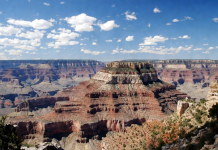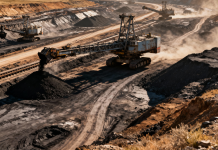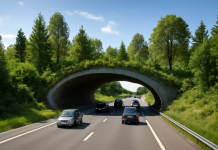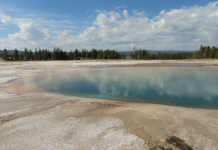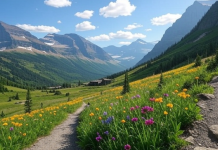In some of our recent travels we had the opportunity to pay a visit to the Petrified Forest National Park in Arizona.
Driving up from Texas we couldn’t resist the temptation to stop and look at what once might have been a lush, green, and growing forest, that now is made of rock upon after being buried in some sort of natural or otherwise celestial calamity that befell the area many years ago.
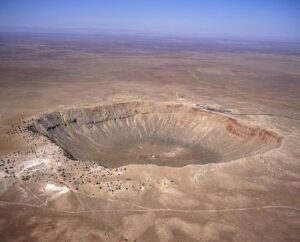
Not being a geologist by any stretch, I pretty much surmised or came away with the notion that this particular area of the forest had been decimated as a result of a meteor that hit just west of it’s location.
I think rather that instead of the petrified forest being buried slowly over thousands of years, it was buried at once, under extreme pressure and heat. Accompanying burn marks on the petrified wood may testify to that fact.
All in all, the area is desolate and barren, lending to the total destructive nature of the meteor impact. I’m also pretty sure that the climate in the region was somewhat forever changed as a result of all of the upheaval.
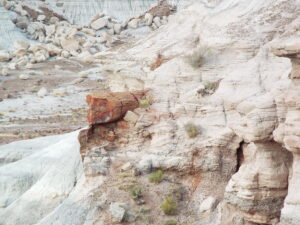
I’m pretty sure that if there were no erosion, our earth would look just like the moon. We are, after all, floating about in space, just like the moon, but our atmosphere and our instances of erosion makes any meteor strikes somewhat less obvious. The fact that the meteor crater is still so well defined even today, might lend a bit of credence to the fact that it’s occurrence is fairly new in geological time.
When we look at just how quickly the Mt St. Helens area recovered after the eruption of 1980, I’m somewhat of the opinion that the meteor crater happened closer to thousands of years ago instead of millions of years ago. The meteor that struck and decimated the now petrified forest in Arizona could have easily polluted a large area of the region, thus preventing the regrowth of any of the native or natural vegetation that might have once existed there before. As far as the existing climate is concerned, just imagine how the climate in the region might be now if the meteor event had never happened.
Just my opinion of course.
Though there were many different bits and pieces of petrified wood laying about out in the open, we still visited a gift shop in town and purchased a few pieces of petrified wood for Dustin’s little collection.
It was an excellent trip to say the least. If you’ve never been to Arizona’s Petrified Forest National Park, I would highly recommend that you go …
To learn more about what asteroids might do when they strike, check out this Asteroid Damage Visualization Map
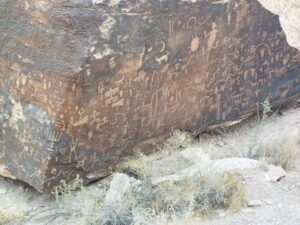
The National Park Service had stationary binoculars set up to view petroglyphs up close, but these were worn and blurry, so I found the petroglyphs to be best viewed through the telephoto lens on my camera. These rocks sort of represent the information age of their time as native peoples used them to communicate back and forth to each other.
The context of each image is extremely important and integral to its meaning. Today’s native people have stated that the placement of each petroglyph image was not a casual or random decision. Some petroglyphs have meanings that are only known to the individuals who made them. Others represent tribal, clan, kiva, or societal markers. Some are religious entities and others show who came to the area and where they went. Petroglyphs still have contemporary meaning, while the meaning of others is no longer known, but are respected for belonging to “those who came before.”
How do you petrify wood fast?
It involves soaking a section of wood in hydrochloric acid for two days and then in either a silica or titanium solution for another two days. After air-drying, the wood is placed in an argon gas filled furnace and slowly heated to 1400° Celsius over a period of two hours.
If our modern science can create petrified wood in under a week, then it wouldn’t be that much more of a stretch to think that mother nature could likely create it in under a month.

